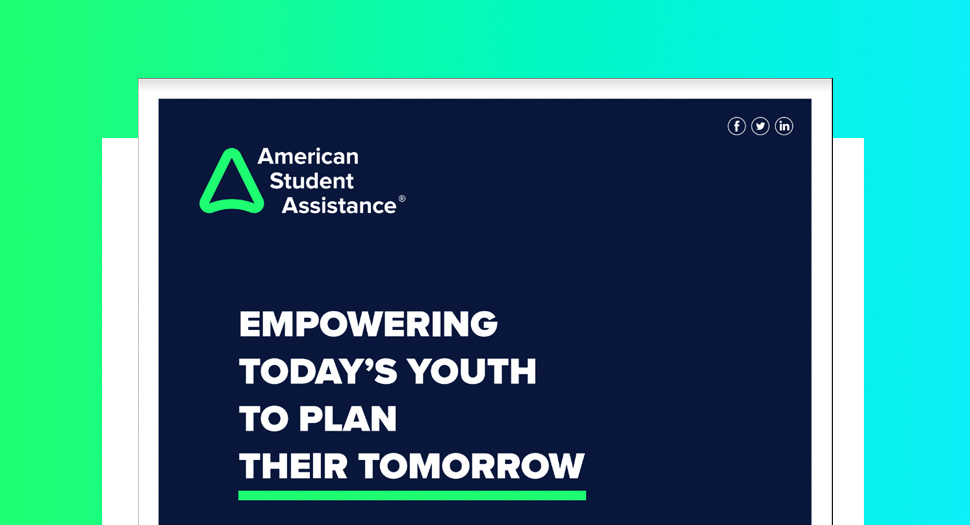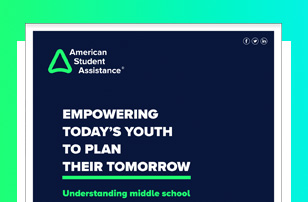Students today tend to be pragmatic — many understand that to have a successful future, they must be willing to work hard now in school. That success, though, is often framed not by the pursuit of wealth and material possessions, but rather by meaningful experiences and happiness. In fact, the majority of middle school and high school students surveyed by ASA report they are working hard in school now to have the best possible future later.
That is not to say that financial success is not important to today’s youth. When they think about their future, financial success is at the top of the list of their goals, but accompanied with self-respect and close relationships with family. This is a hallmark of a generation that is the first to be born and raised in a completely online, digitally-assisted way of life. This generation does not know life without Google, Facebook, Instagram or Netflix, and in that way, they are unlike any generation prior. Spending time with friends, focusing on their health and wellness, and finding new and meaningful experiences takes precedence over most other areas that are more important to smaller cohorts of this population, such as sports, video games, etc.
This omnipresent digital and social upbringing, however, has also driven very mixed emotions related to what is beyond high school. Half of these students are nervous; half are excited. Feelings get significantly more negative when asked about life immediately after high school, where they feel stressed, overwhelmed and pressured. Stress levels skew toward the high side, with 25% reporting very high stress levels — increasing as they progress through high school. Some of this pressure is driven by parents, a significant source of influence, and their performance in school – especially as most operate with the expectation that they will continue to college after they graduate high school.
All of this leads ASA to believe that more needs to be done to empower students to think about their future after high school. Our goal is to help students explore all the different options and pathways for education and career planning, particularly before the stress levels seen in high school juniors and seniors reaches critical levels.




